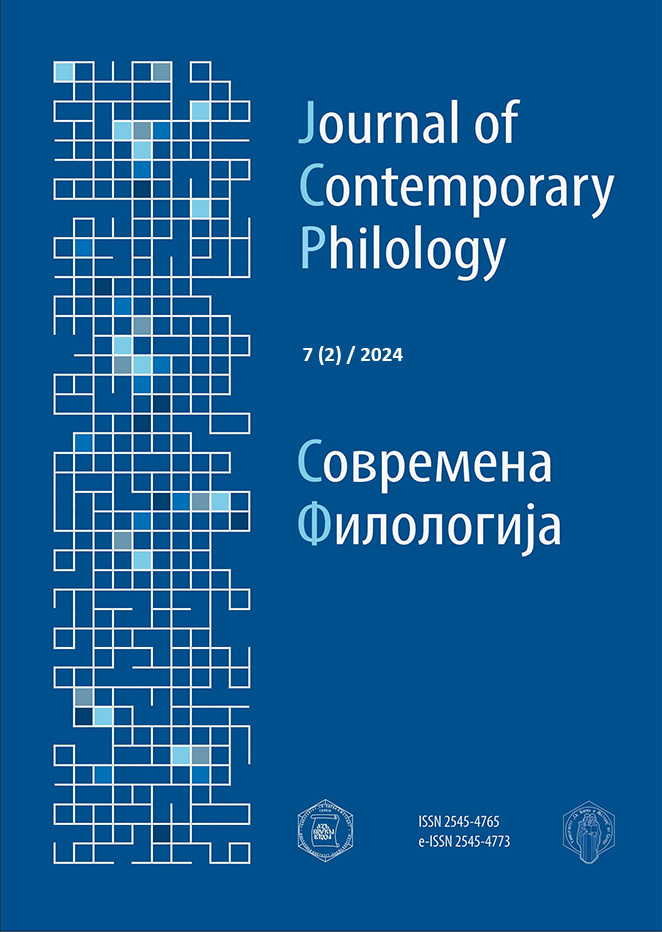AN INVESTIGATION INTO SOME SASANIAN PAHLAVI WORDS IN THE BOIR-AHMADI DIALECT
DOI:
https://doi.org/10.37834/JCP2472047rKeywords:
Luri language, Sasanian Empire, Middle Persian, Historical linguistics, Boir-Ahmadi dialectAbstract
Since the late Achaemenid period, the Sasanian Empire legitimated Middle Persian as the language of religion and government. Widespread in southwestern Iran, this language which was a continuation of Old Persian and was used in inscriptions and books for several centuries after Islam, gradually became obsolete and lost its place. Today, in the light of precise and scientific knowledge of Iranian languages, including Middle Persian, and because of in-depth studies of historical linguistics, it is possible to identify many words and expressions of this language being preserved in the local dialects of southwestern Iran. Among these dialects are Boir-Ahmadi, Mamasani, and Bakhtiari belonging to the southwest branch of Iranian languages and dialects known as Luri. These linguistic varieties are the continuation of the ancient languages of Iran in terms of linguistic evolution. The present study investigates and introduces some words of Middle Persian preserved in the Boir-Ahmadi dialect and spoken by successive generations. This study aims to identify and introduce several Sasanian Pahlavi words that are present and used in the Boir-Ahmadi dialect and, where possible, discuss their etymology and phonetic evolution from Avestan and Old Persian to Middle Persian languages of the Sasanian era.
Downloads
Published
Issue
Section
License
Copyright © 2014 Blaže Koneski Faculty of Philology, Skopje
Journal of Contemporary Philology (JCP)
Современа филологија



